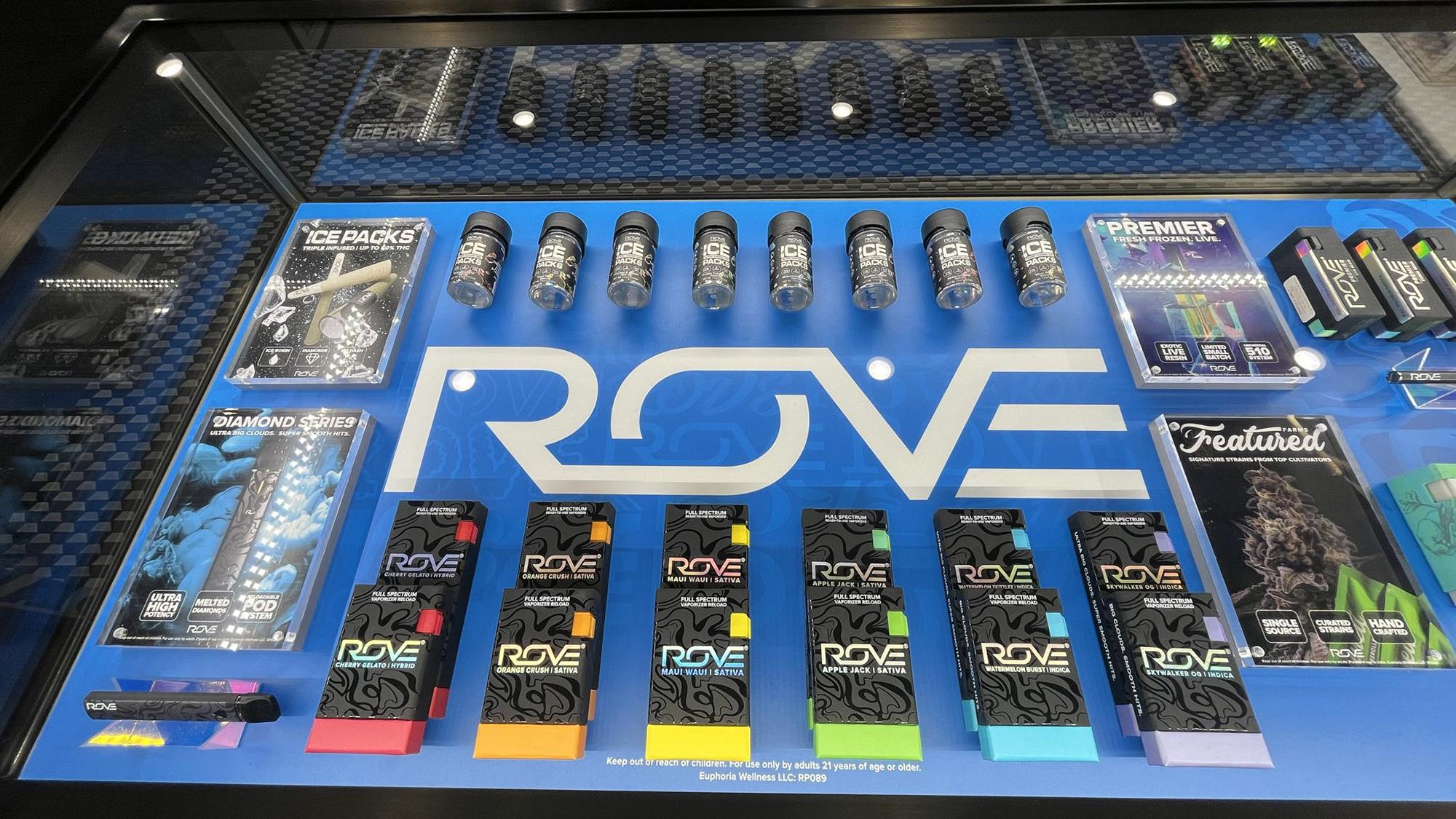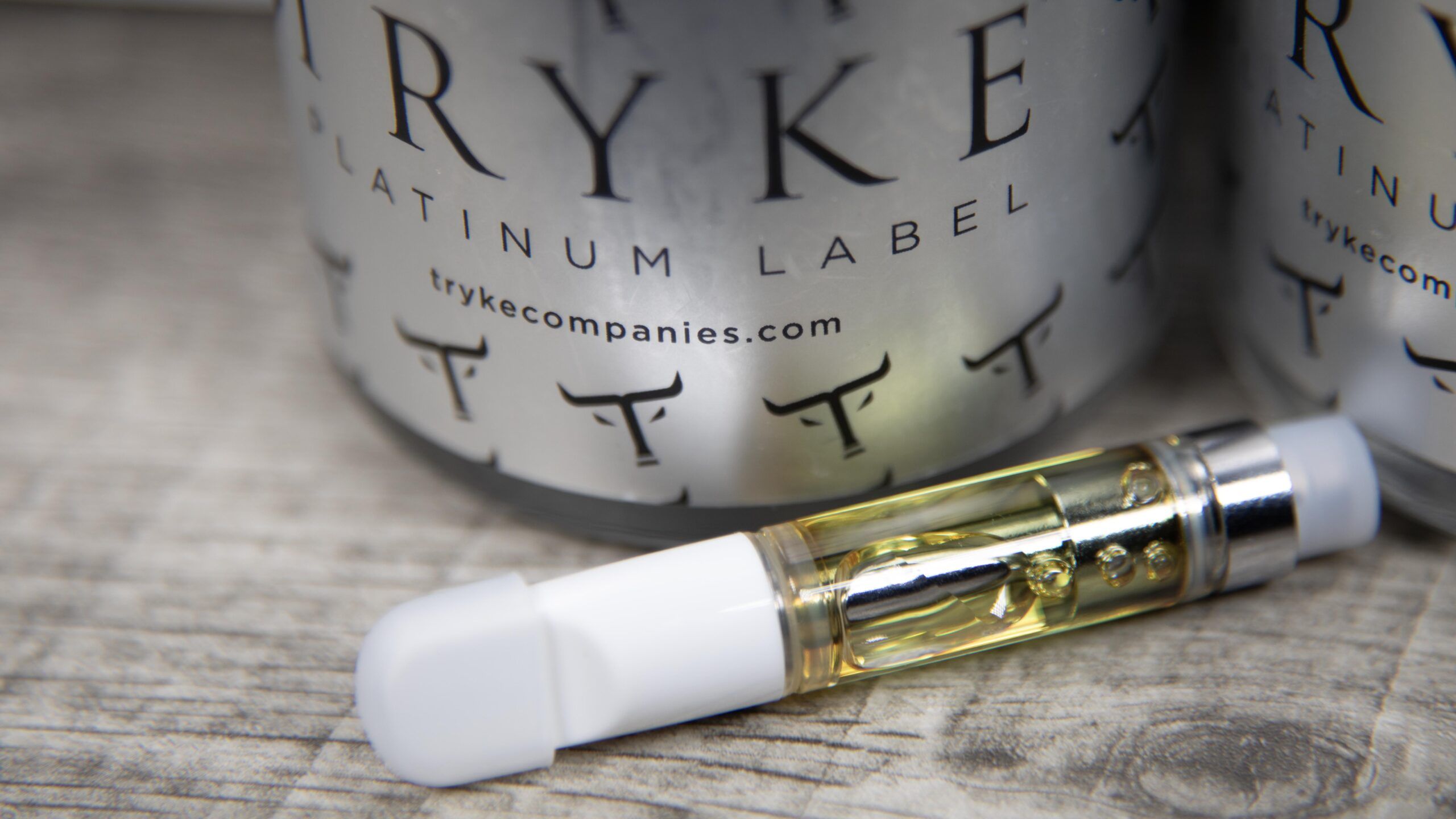As the U.S. cannabis industry matures beyond its “gold rush” phase, the leading national multistate operators (MSOs)—including Curaleaf, Green Thumb Industries, Trulieve, and Cresco Labs—are positioned to dominate through scale, capital, and regulatory expertise.
Market Growth & Economic Pressures
- U.S. cannabis sales continue to grow steadily. Whitney Economics projects sales reaching $67.2 billion by 2030 and up to $87 billion by 2035.
- Globally, the cannabis market is forecast to nearly double from $73 billion in 2025 to $125.8 billion by 2030.
- However, brands face ongoing price compression. Average retail prices dropped by 32% between Q3 2021 and mid‑2023, squeezing profit margins and intensifying consolidation pressures.
Consolidation & M&A on the Rise
- Industry experts anticipate that tax reform and the likely DEA rescheduling of cannabis from Schedule I to III could dramatically improve profitability.
- These changes are expected to trigger increased merger and acquisition activity, with larger MSOs acquiring distressed or underperforming brands to expand their national presence.
- Analysts believe top brands like Curaleaf, Green Thumb, Trulieve, and Verano are well-positioned to form an oligopoly, while smaller operators may struggle to compete or exit the market.
Which Brands Will Rise or Fall?
- Curaleaf remains the largest cannabis brand in the U.S., having acquired several other operators to build both U.S. and international footprints.
- Trulieve, dominant in Florida and the medical cannabis space, is viewed as a survivor due to its efficient operating model and improving financial metrics.
- Green Thumb Industries (GTI) and Verano Holdings are both considered efficient and strategic, with rising EBITDA margins and disciplined state-by-state expansion.
- Cresco Labs, with its focus on retail and consumer branding, has become one of the most recognizable players nationally, expanding its Sunnyside retail footprint.
New Entrants & Niche Upstarts
- While large MSOs dominate headlines, a growing number of boutique brands, celebrity-led ventures, and hemp-derived THC startups are gaining traction.
- Emerging wellness brands, delivery-first platforms, and community-focused operators are carving out unique identities, though few have national scale.
- These smaller companies may remain relevant as premium or craft players, appealing to regional audiences who value quality, sustainability, or cultural authenticity.
Strategic Outlook: Key Predictions by 2030
- Federal Rescheduling and Tax Reform:
Section 280E reform and Schedule III reclassification could unlock cash flow advantages for large operators, but small brands may still face regulatory burdens. - Scale and Market Footprint:
MSOs with broad multi-state or global operations—such as Curaleaf, GTI, Trulieve, and Cresco—will benefit the most from regulatory changes and market expansion. - Industry Consolidation:
Expect increased merger and acquisition activity. Brands without strong capital reserves or brand identity will likely be absorbed or shut down, particularly in oversaturated states like California. - Innovation and Differentiation:
Brands that invest in product innovation, lifestyle positioning, and consumer education will stand out. Celebrity-led or wellness-focused newcomers could capture niche segments, especially with strong storytelling and design. - Banking and Hemp-Derived Competition:
Full banking access and evolving regulations around hemp-derived THC will intensify competition. Well-funded and compliance-ready companies will be best positioned to capitalize on these developments.
Final Thoughts
By the end of the decade, the U.S. cannabis market will likely be shaped by a handful of powerful, scalable, and well-regulated brands. The biggest winners will be those that master compliance, invest in brand differentiation, and expand strategically across states and international markets. While many smaller or legacy brands may exit or be acquired, new players with sharp identities and adaptable business models could still rise—especially as federal legalization or reform reshapes the competitive landscape. The next five years will be defined by bold moves, market clarity, and the race to build brands that can stand the test of time.




